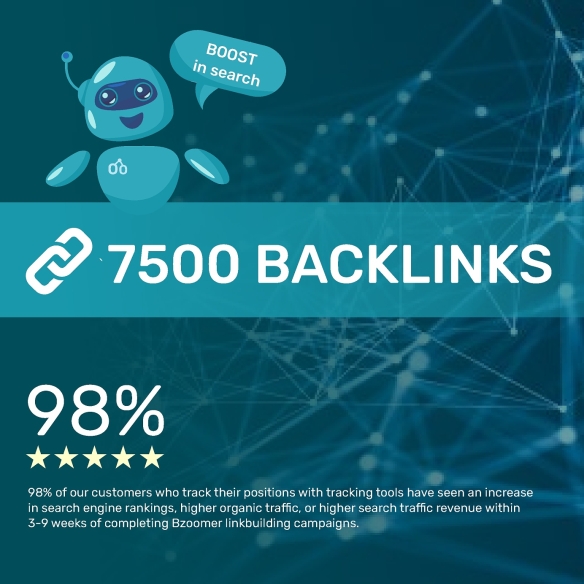A Feasibility Study is one of the most essential tools for evaluating whether a project, investment, or business expansion is worth pursuing. Instead of relying on assumptions, a well-structured analysis provides clear, data-driven insights that help investors, entrepreneurs, and organizations understand risks, opportunities, and long-term sustainability. Whether the project involves launching a new product, constructing a facility, expanding into new markets, or securing financing, a detailed assessment sets the groundwork for smart, confident decisions.
A strong Feasibility Study typically includes financial modeling, market analysis, operational planning, regulatory evaluation, and risk assessment. Together, these components create a holistic view of a project’s future performance. Businesses today operate in an increasingly competitive environment, and this type of thorough planning ensures resources are used wisely while minimizing costly mistakes.
Understanding the Purpose of a Feasibility Study
The primary goal of any Feasibility Study is to determine whether a project is practical, profitable, and aligned with strategic objectives. Companies often use it before major investments to prevent wasted capital and to ensure the business strategy is supported by evidence.
A comprehensive evaluation may examine:
-
Market demand and target audience
-
Competitive landscape
-
Financial projections and revenue forecasts
-
Cost structures and operational expenses
-
Technical or logistical requirements
-
Legal, regulatory, or environmental considerations
-
Potential risks and mitigation strategies
By addressing these areas, decision-makers gain clarity on whether the concept should move forward, be adjusted, or be abandoned.
The Importance of a USDA Feasibility Study
For agricultural, food production, and rural development projects, a USDA Feasibility Study is often required to qualify for government financing programs. These studies follow specific guidelines established by the U.S. Department of Agriculture and must demonstrate that the project is viable, sustainable, and beneficial for the local economy.
A USDA Feasibility Study generally includes:
-
Agricultural market analysis
-
Supply chain and distribution evaluations
-
Environmental and land-use assessments
-
Community and economic impact projections
-
Compliance with USDA loan or grant requirements
Farmers, cooperatives, food processors, and rural entrepreneurs rely on these studies to secure funding and reduce uncertainty. By presenting a clear roadmap supported by agricultural data and financial forecasts, such studies increase the likelihood of approval and long-term success.
Why SBA Feasibility Studies Matter for Small Businesses
Small businesses applying for financing through the Small Business Administration often need a SBA Feasibility Study to strengthen their loan applications. Banks and lenders want assurance that the business has long-term potential and that the loan will be repaid. A well-prepared study demonstrates profitability, operational readiness, and market competitiveness.
An SBA Feasibility Study typically covers:
-
Business model and operational structure
-
Market research and customer validation
-
Detailed financial projections
-
Break-even and sensitivity analysis
-
Management qualifications
-
Risk assessment and contingency planning
For startups and expanding companies, this document becomes a critical asset that supports loan approval and showcases responsible business planning.
Key Benefits of Conducting a Feasibility Study
Regardless of industry or project type, conducting a feasibility assessment offers several strategic advantages:
-
Improved decision-making through verified data
-
Reduced financial risk by identifying challenges early
-
Higher investor and lender confidence thanks to documented analysis
-
Clear business direction with actionable recommendations
-
Efficient resource allocation aligned with business goals
-
Stronger long-term planning supported by realistic forecasts
These benefits make the Feasibility Study an essential component of responsible business management.
Building a Solid Foundation for Project Success
Every major initiative carries uncertainties. A structured approach helps transform uncertainty into clarity and reduces the risks that come with expansion or innovation. Whether it involves developing a new facility, entering a new sector, or strengthening a financial application, a data-based plan ensures that decisions are made with confidence.
For organizations working in agriculture, food production, or rural development, a USDA Feasibility Study ensures compliance with federal standards while improving access to funding. For small businesses needing financing, an SBA Feasibility Study strengthens the case for support by presenting credible financial and operational projections.
In every scenario, the Feasibility Study serves as a roadmap—highlighting opportunities, addressing weaknesses, and laying the groundwork for sustainable growth. By investing time and expertise into this analysis, businesses can position themselves for success while avoiding costly missteps.


